Solving wind sway problems in pencil buildings! ~Increased livability and comfort without disturbing the interior of the building!
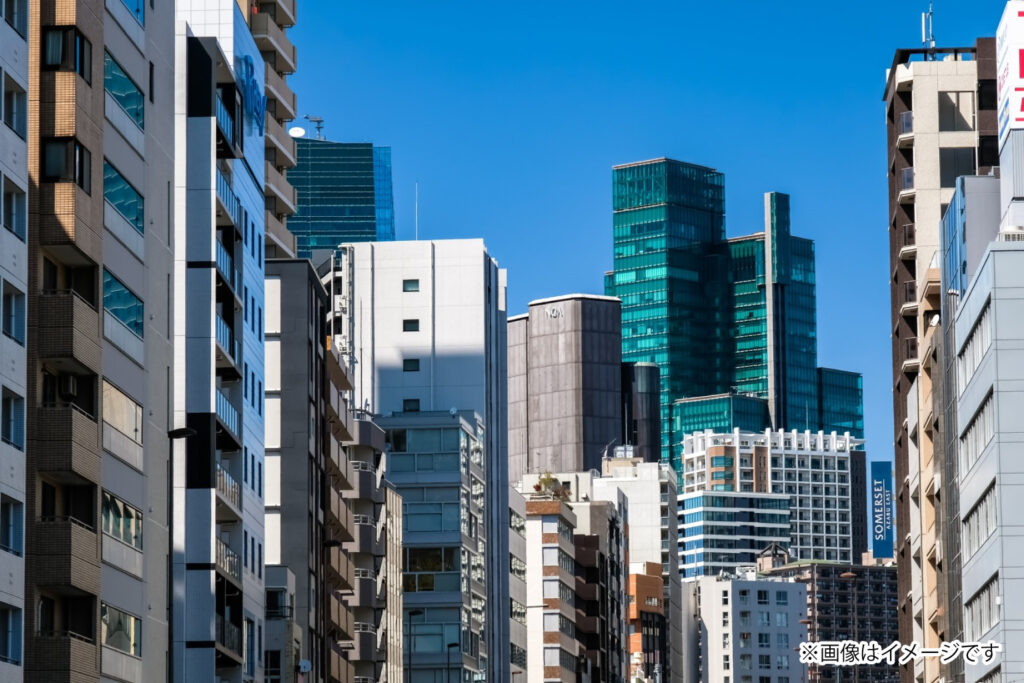
Wind sway can be a problem for pencil buildings (long, narrow, mid-rise buildings). Horizontal TMDs can be installed on the rooftop to provide a vibration-damping effect, allowing effective use of the building's interior space without disturbing it.
issue
In recent years, there has been an increase in the construction of mid-rise buildings for high-grade office and hotel use with high livability, comfort, and design quality in narrow urban spaces.
These slender, slender buildings (pencil buildings) are easily affected by wind, and wind sway of the building can be a problem.
In a certain office building, wind sway countermeasures were considered from the building planning stage in order to ensure functionality and livability for a high-grade building.
In the measures taken,
- ・Effective use of space inside the building without disturbing it
- ・Do not detract from the building's exterior or the view
In light of the above, it was decided to use horizontal TMDs, which can be installed on rooftops and several upper floors to provide vibration control and wind sway control while maintaining the convenience of the building.
Table 1: Building Summary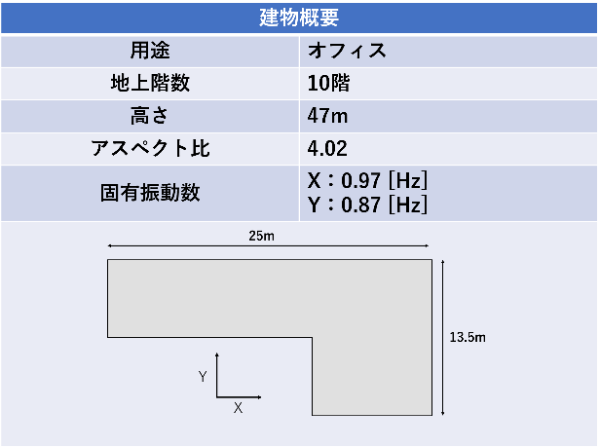
counter-measure
First, wind velocities for a reproduction period of 1 year were set based on the Building Load Guidelines, simulations were performed, and preliminary evaluations were made using the Building Society of Japan's “Occupant Performance Guidelines. The evaluation was H-70~90 (the level at which most people perceive shaking) in the case of no countermeasures, and H-50 when horizontal TMDs were installed, and the response factor was confirmed to be less than 1/2 in both X and Y directions.
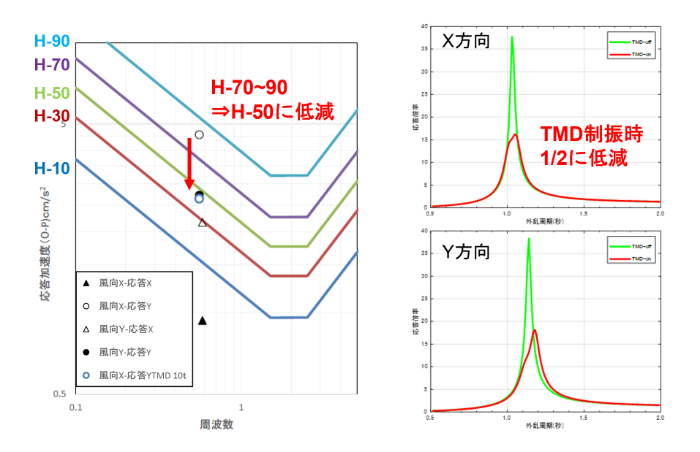
Figure 1: Preliminary simulation results (left: evaluation based on occupant performance guidelines, right: response factor comparison)
A pendulum-type horizontal TMD, which can achieve high performance even with minute movements caused by wind, is used, and one unit with a mass mass of 10 tons is installed on the rooftop floor.
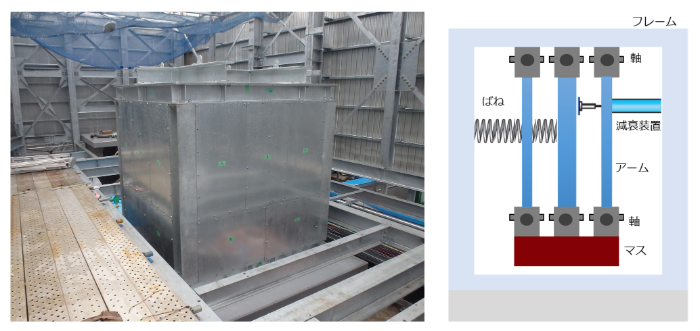
Figure 2. horizontal TMD (left: exterior view, right: installation)
Table 2. equipment summary
result
After the TMD was installed, a test was conducted to confirm the vibration control effect by human excitation.
Although the X-direction could not be vibrated significantly due to undulation, it was confirmed that the response acceleration, which was about 2 gal maximum when TMD was disabled, could be reduced to about 1.5 gal maximum when TMD was enabled.
In the Y direction, we confirmed that the response acceleration, which was about 4 gal at maximum when TMD was disabled, was reduced to about 2 gal, half of that when TMD was enabled.
Wind sway control without disturbing the building's interior space has greatly improved livability and comfort.
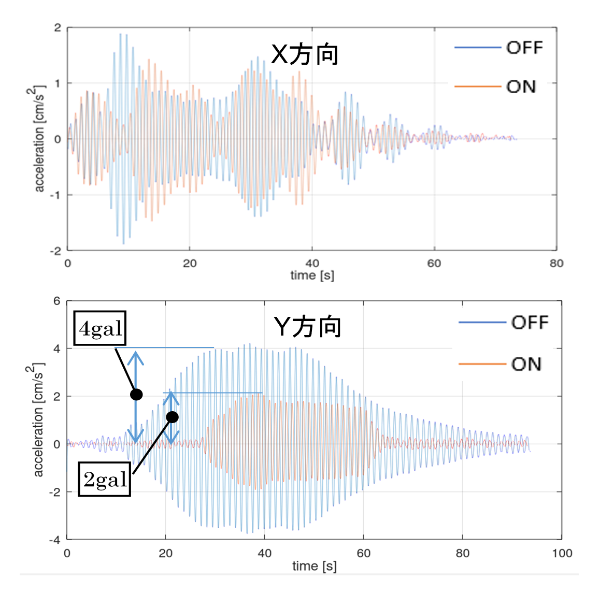
Figure 3: Results of vibration control effectiveness verification test using human excitation
Related Pages
- Wind shakes the building? How to achieve comfortable occupancy?
- added. This report compares AMD (Active Mass Damper) and TMD (Tuned Mass Damper), which are commonly used as vibration countermeasures for building floors, in terms of features, cost, and ease of maintenance. Please use this report when considering vibration countermeasures.
- Product Information TMD (Tuned Mass Damper)
